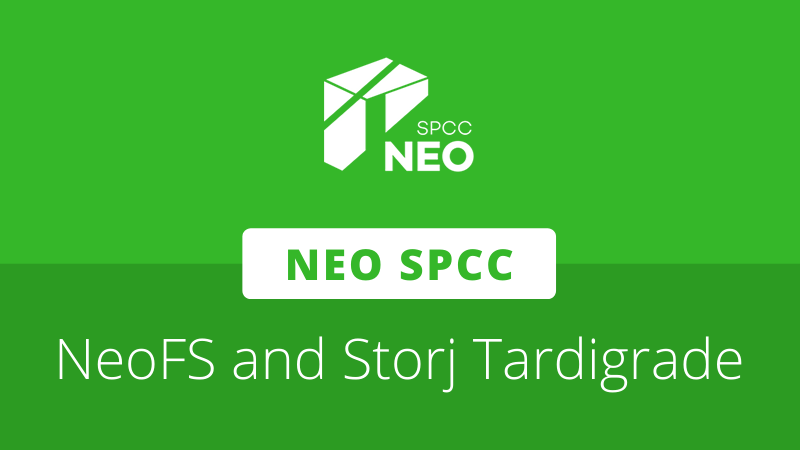
Neo SPCC has published an in-depth assessment of the Storj distributed storage platform, comparing it with the NeoFS platform. The article is the second in a series that began with a comparison between NeoFS and Filecoin, released in November last year. The team notes Storj as the “closest to NeoFS” in terms of its ideology towards building services and integrating with existing protocols such as Amazon S3.
Neo SPCC’s comparison evaluates both platforms in a similar fashion to the previous installment. Readers are walked through the different areas of development, covering how each functions at the blockchain, network, and economic levels.
Additionally, the comparison dives into the more technical details, showcasing how each project approaches the key problems of distributed storage in terms of mechanisms for data placement, access control, reliability, auditing, and reputation.
Despite both solutions using blockchain for payments, the differences quickly start to stack up. Storj’s blockchain integration starts and ends at its Storj token, whilst NeoFS uses the Neo blockchain for the primary synchronization and bootstrapping of its decentralized network. This allows NeoFS nodes to focus on their primary task of storing and processing data rather than managing assets or coordinating the network.
Satellite nodes
Comparatively, Storj’s Tardigrade solution navigates this problem by offloading the responsibility to a central server cluster known as the Satellite node. The Satellite cluster is controlled by the Storj Labs team, representing a single centralized point of failure.
At network level, storage nodes in both networks can be operated by any user, though in Storj’s case they must be approved by the Satellite, which controls accounts and API keys used to interact with the network. Likewise, the network organization, data placement, manipulation, and recovery all depend on the Satellite nodes. These are also responsible for other key operations, including object audits, garbage collection, and reputation tracking.
For NeoFS, these mechanisms are automatically handled by the network itself. Data placement is deterministic based on the parameters selected by the renter. This placement function handles network data balancing, replication, and recovery directly between storage nodes. Likewise, garbage is collected using a decentralized “tombstone” model, and the reputation system was developed based on the EigenTrust protocol, specifically designed for peer-to-peer networks.
Payment model
Substantial differences may also be noted in each project’s payment model. In NeoFS’s case, a free market model is used. Storage nodes can specify their own prices, and renters are automatically matched with the best nodes that meet their needs and budget by the placement function. Users are only charged for storage, not for traffic, handled with deposit/withdraw operations through the NeoFS smart contract. NeoFS also uses its own sidechain for micropayments, used for internal payments to storage nodes which are distributed each epoch (approximately 6 hours).
Storj Tardigrade operates with a fixed price model and charges for all operations. It currently offers 1 TB of storage per month for $10 and $45 per TB of outbound data. Billing is all handled through the Satellite cluster as a black box.
Neo SPCC concludes its research by noting that although advantages exist to the centralization of operations on the Storj network, it also carries numerous risks and limitations. This includes the possibility for data to be censored, which Storj has confirmed may occur in some regions due to it falling under US jurisdiction.
The Neo SPCC team also comments that although Storj storage nodes may be operated independently, Storj Labs and its Tardigrade solution instead operates more like a traditional cloud provider which simply sells space on a permissioned network rather than a data center, rendering the decentralization claims in its marketing relatively dubious.
The full comparison may be found at the link below:
https://neospcc.medium.com/neofs-and-storj-comparison-efa426504cbb







About The Author: Brett Rhodes
Brett is a blockchain enthusiast and freelance writer who originally began producing content for the gaming & eSports industries. Now he spends most of his time contributing in the Neo ecosystem.
More posts by Brett Rhodes